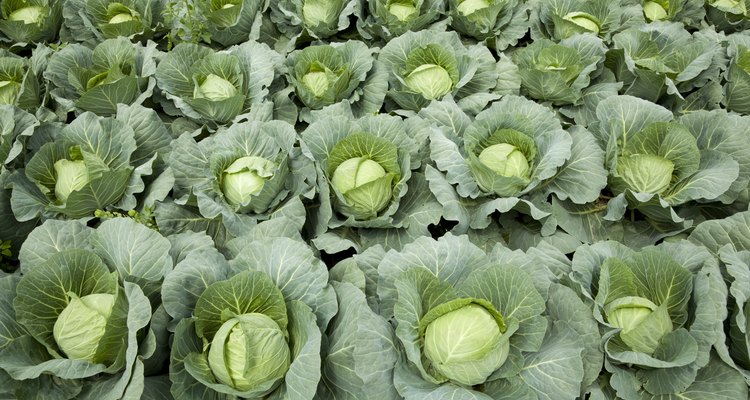
dabjola/iStock/Getty Images
Like broccoli, cauliflower, collards and kale, cabbage is a cruciferous vegetable. Eating different types of cabbage — green cabbage, red cabbage, Savoy cabbage or bok choy — boosts your intake of vitamin C and other important nutrients. If you don't enjoy raw cabbage, you can serve it steamed, boiled or stir-fried.
Calories, Fat and Cholesterol
If you're watching your intake of calories, fat or cholesterol, cabbage is a great food choice. According to the Centers for Disease Control, a half-cup of raw cabbage has 10 calories, 0 grams of fat and 0 milligrams of cholesterol. The same amount of cooked cabbage has 15 calories and no fat or cholesterol.
Carbohydrates, Fiber and Protein
Cabbage is also relatively low in both carbohydrates and protein. A half-cup serving of raw cabbage has 2 grams of carbohydrates, 1 gram of fiber and 0 grams of protein. That same serving size of cooked cabbage has 3 grams of carbohydrates, no fiber and 1 gram of protein. By adding ham, sausage or tofu, you can increase the protein content of a cabbage dish.
Vitamins
By eating cabbage regularly, you'll significantly increase your vitamin C intake. Each half-cup serving of raw cabbage contains 30 percent of your recommended daily value of vitamin C, and each half-cup of cooked cabbage contains 25 percent, the CDC reports. Cabbage is also a good source of vitamin K, vitamin B6 and folate.
Minerals
Cabbage is low in sodium, with only 5 mg per serving of plain raw or cooked cabbage — approaching 0 percent of your recommended daily value. Half-cup servings of cabbage also contain 2 percent of your daily value of calcium. While a serving of raw cabbage provides 2 percent of your daily value of iron, a serving of cooked cabbage has none.
Maximizing Nutrients
You can help cabbage retain its nutritional value by following a few simple guidelines. Buy whole heads of cabbage rather than shredded cabbage, as shredded cabbage may have lost its vitamin C. Store the cabbage in sealed plastic in the refrigerator. Don't wash, cut or shred the cabbage until right before you're ready to use it.
Related Articles
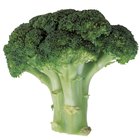
Can I Eat Broccoli's Stem?

How to Grill Cabbage on Gas Grills
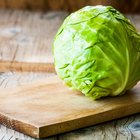
How to Steam Cabbage on the Stove

How to Steam Cook Cabbage
How to Keep Cut Cabbage From Going Brown
How to Cook Cabbage in a Microwave Oven
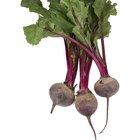
How to Freeze Fresh Beets
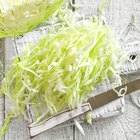
How to Cook Cabbage & Noodles in a ...
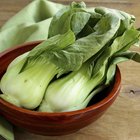
Bok Choy Nutrition

What Are the Benefits of Raw Sauerkraut?

How to Blanch Cabbage
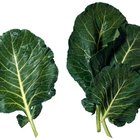
How to Cook Collard Greens in a Crock ...

How to Freeze Broccoli
How to Cook Cabbage Without a Smell
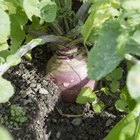
How to Cook Rutabaga in the Microwave

How to Cut Cabbage Very Finely

How to Freeze Fresh Asparagus

How to Eliminate Bitterness in Broccoli

How Fast Does Cooked Spaghetti Squash ...
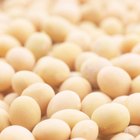
How to Cook Raw Chickpeas or Garbanzo ...
Writer Bio
Elisabeth Dahl is a freelance writer and copyeditor who has worked in publishing since 1991. She holds a Bachelor of Arts degree from Johns Hopkins University and a Master of Arts degree from Georgetown University, where she was a Writing Center Associate Fellow.
Photo Credits
dabjola/iStock/Getty Images